An average villager in India has to travel five kilometres to get LPG cylinder refilled, finds a new survey
A recent CEEW study of 15,000 urban and rural households across 152 districts in India found that a lack of home delivery combined with the prevalence of single bottle connections and delays in receiving LPG refills result in rural users’ continued reliance on biomass. Even though 80% of rural households have LPG connection, every fifth rural family is still dependent only on polluting solid fuels.

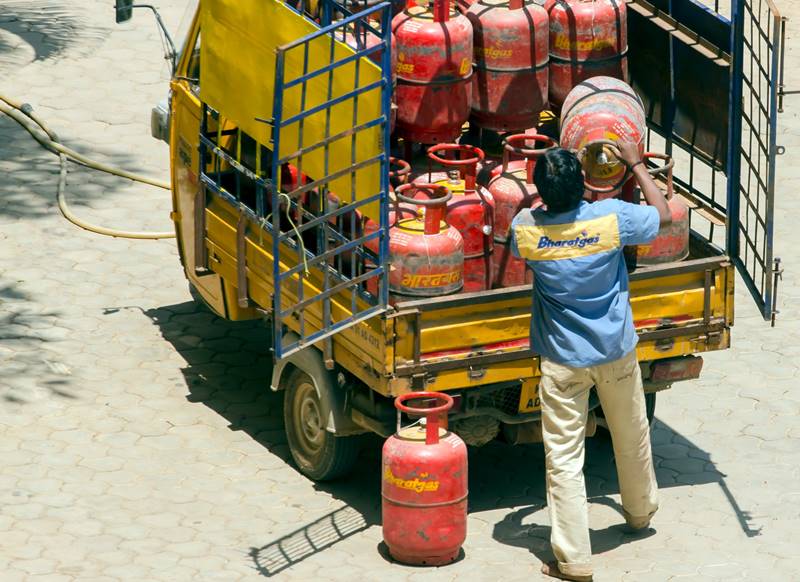
Lack of home delivery is one of the reasons behind rural LPG users’ continued reliance on biomass. Photo: CEEW
More than half of rural households in India continue to use traditional solid fuels, such as firewood and cow dung cakes, either exclusively or by stacking them with LPG (liquefied petroleum gas), finds a recent study by New Delhi-based Council on Energy, Environment and Water (CEEW), a not-for-profit policy research institutions. The study, released on September 6, highlighted that 80 per cent of rural households have LPG connections. However, dependence on polluting fuels continues.
CEEW analysis, which is based on an extensive survey, found that every fifth rural household is dependent ‘only’ on solid fuels. Its findings show that most solid fuel users live in rural India; 67 per cent use firewood for at least some of their cooking needs and one third (32.5 per cent) use dung cakes and other solid fuels for cooking. Of the total surveyed households, 15 per cent did not have an LPG connection.

Further, the average distance to be covered to procure LPG in rural areas varies significantly between states. For instance, the average distance estimated to be covered to procure LPG in Andhra Pradesh is 1.3 km, however, this is estimated to be 8.4 km in Madhya Pradesh.
These CEEW findings, released as ‘State of Clean Cooking Energy Access in India’, are based on the India Residential Energy Survey (IRES) 2020, conducted in collaboration with the Initiative for Sustainable Energy Policy (ISEP). The survey conducted in 2019-20 covered nearly 15,000 urban and rural households across 152 districts in India’s 21 most populous states including Uttar Pradesh, Jharkhand, Bihar, and Madhya Pradesh.

The Indian government has been trying to make LPG connections available to rural women through the Pradhan Mantri Ujjwala Yojana (PMUY), which was launched in May 2016 and whose second phase — Ujjwala 2.0 — was recently launched on August 10. This flagship scheme of Prime Minister Narendra Modi aims to make clean cooking fuel such as LPG available to the rural and deprived households (below poverty line) which were otherwise using traditional cooking fuels such as firewood, coal, cow-dung cakes.
However, the CEEW study found that having an LPG connection does not indicate its exclusive use. “Schemes and policies intended to drive clean cooking adoption need to also focus on promoting its sustained use,” reads the statement issued by the non-profit.
States such as Odisha, Kerala, West Bengal, Jharkhand, Bihar, Madhya Pradesh, and Rajasthan have the highest share of households that stack LPG with solid fuels, shows the report.

A recent ground report by Gaon Connection also found several rural women using polluting fuels in their kitchens. A large number of women who were Ujjwala beneficiaries had gone back to using firewood and cowdung cakes for cooking due to the steep rise in LPG prices and loss of livelihood due to the COVID19 pandemic.
Why do rural households stock solid fuels?
The CEEW study pointed out that 84 per cent of households that use traditional solid fuels along with LPG cite high cylinder costs as one of their reasons for stacking fuels.
This finding is significant in the context of the ongoing surge in LPG prices, which have risen by Rs 240 per cylinder (a 40 per cent hike) in the past one year.
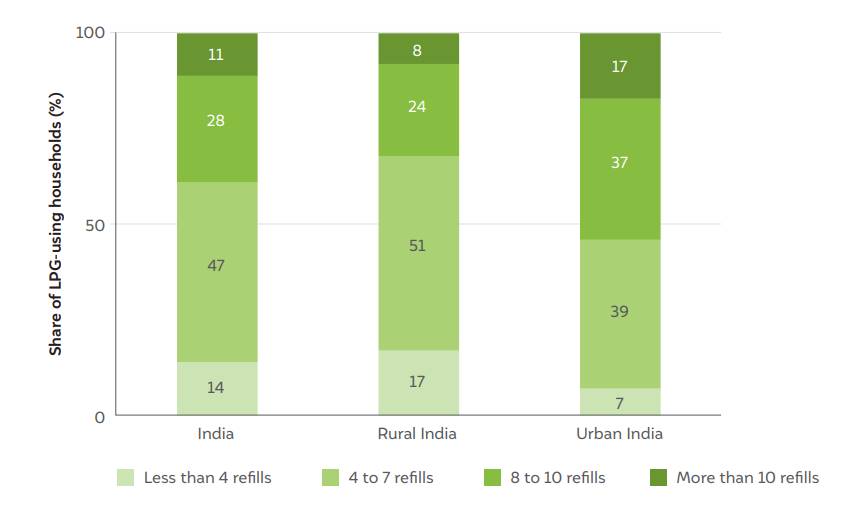
Concerns around rising LPG prices had been pointed by several rural women to Gaon Connection. Lalita Baghel, a resident of Sankra village in Patan district of Chhattisgarh, had informed that it was only once in three-four months that she could afford to get her cylinder refilled.
“My husband and son are daily wage labourers. Our earnings are just enough for us to barely fill our stomach with some food. The prices for LPG are way too high. We only use it if some guests visit our house and tea or snacks have to be prepared quickly. Rest of the time, I use firewood,” she told Gaon Connection.
Lower household incomes during the COVID19 pandemic and the suspension of LPG subsidies in May last year have made LPG unaffordable for a large section of the rural population.
Also Read: Despite having LPG cylinders, rural women are back cooking on woodfired stoves
Monthly spending difference
During the IRES survey, CEEW found that a typical rural Indian household would have had to spend 6.7 per cent of its total monthly expenditure on LPG to use it as an exclusive cooking fuel (at a subsidised LPG refill price of Rs 580). This is around 40 per cent higher than what rural households actually spent on cooking fuel at that time (4.9 per cent of the total monthly expenses).
Recently, 60-year-old Vimla Dohar, a widow from Chhoti Lalpur village in Madhya Pradesh’s Satna district, told Gaon Connection that she had not got her cylinder refilled since the Raksha Bandhan festival last year (August 3, 2020). “My husband is no more. My sons are also not able to find any work as there is little demand for labourers these days. There’s no source of income, it is crazy to think about getting the cylinder filled,” she said while blowing air into the chullah to fasten the burning of firewood. Refilling an LPG cylinder in Satna costs Rs 885.50.
The CEEW study shows that exclusive LPG use was deemed affordable only by rural households in the topmost wealth decile. This partly explains why fuel stacking is a common phenomenon in rural India.
Other reasons for fuel stacking include a preference for cooking on traditional chulhas (72 per cent of households), the availability of free biomass (59 per cent of households), and the limited availability of LPG refills (46 per cent of households).
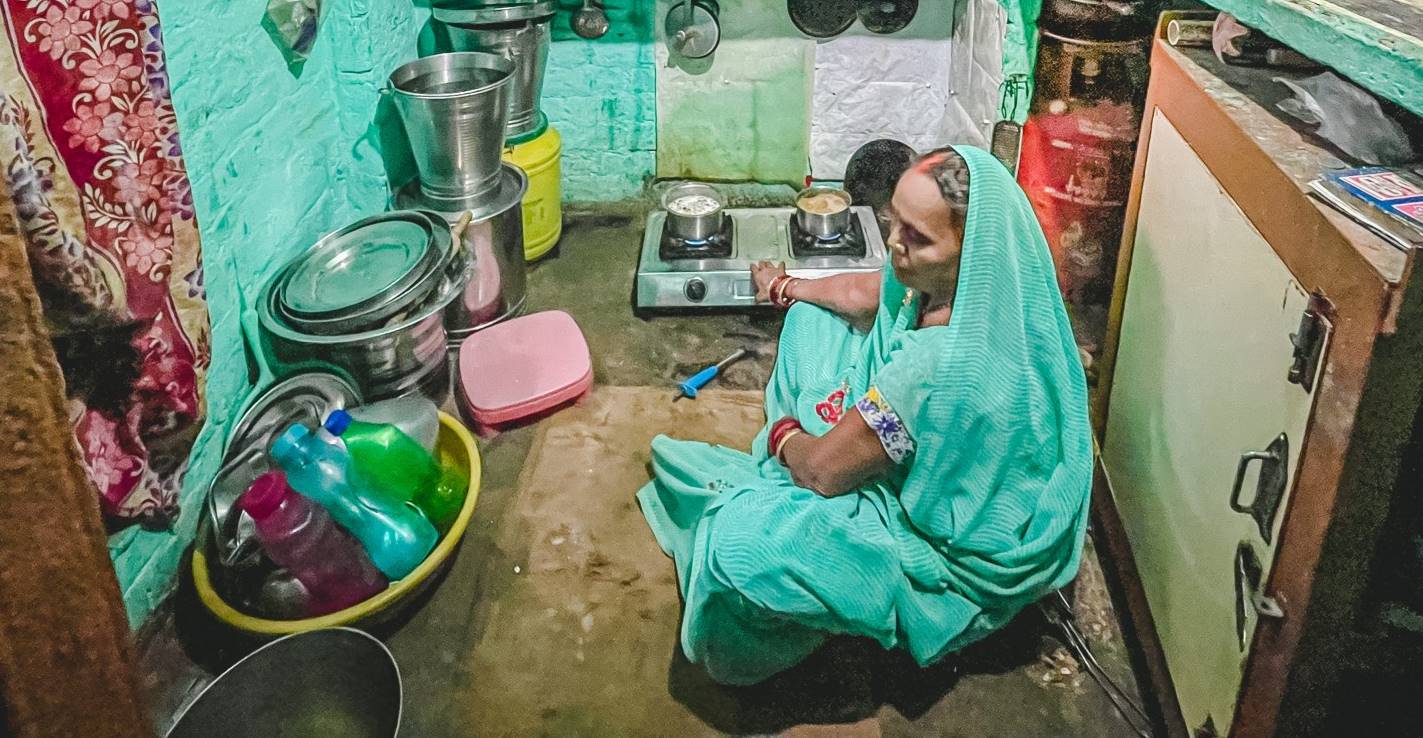
Also Read: “Do we refill the cylinders or feed ourselves?”
Home delivery of LPG cylinder a concern
Among households that stack LPG with solid fuels, the limited availability of refills is another key reason (cited by 46 per cent of them) for stacking. The recent analysis found that only 54 per cent of all LPG users in rural India get their LPG refills delivered home whereas urban households are more likely to get their cylinders home delivered (83 per cent).
In the case of households that do not have access to home delivery, members have to travel an average one-way distance of 4.9 km in rural areas and 2.4 km in urban areas to get their cylinders refilled.
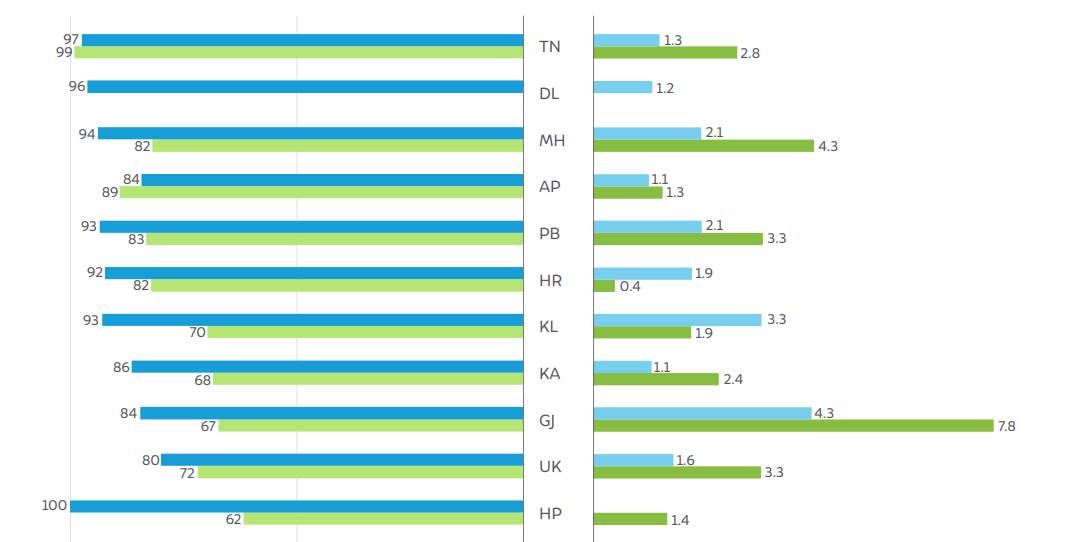

Barring Bihar and West Bengal, which have high population densities, almost all central and eastern Indian states have poor home delivery rates, highlighted the CEEW study. Further, states with a higher share of newly connected or PMUY households have poorer home delivery rates, possibly because of the lower demand for refills.
According to CEEW, nearly three-fourths of LPG users in rural areas have single bottle connections (SBCs) and only 18 per cent of them receive LPG refills on the same day.
Simply put, lack of home delivery combined with the prevalence of SBCs and delays in receiving LPG refills result in rural LPG users’ continued reliance on biomass.
Rising health concern
Usage of traditional cooking fuels is linked to indoor air pollution and has detrimental impacts on the health of rural women as well as on the environment.
According to the World Health Organization (WHO), each year, worldwide close to four million people die prematurely from illness attributable to household air pollution from inefficient cooking practices using polluting stoves along with solid fuels and kerosene.
“Reducing citizens’ exposure to indoor air pollution should be a public health priority, more so during the COVID-19 pandemic,” Sunil Mani, programme associate, CEEW, and lead author of the study, was quoted as saying in the statement.
“Since the social costs of using solid fuels are very high, we must strive to make LPG affordable and accessible through timely home delivery. The government should consider diverse strategies to disburse subsidies to deserving households,” suggested Mani.
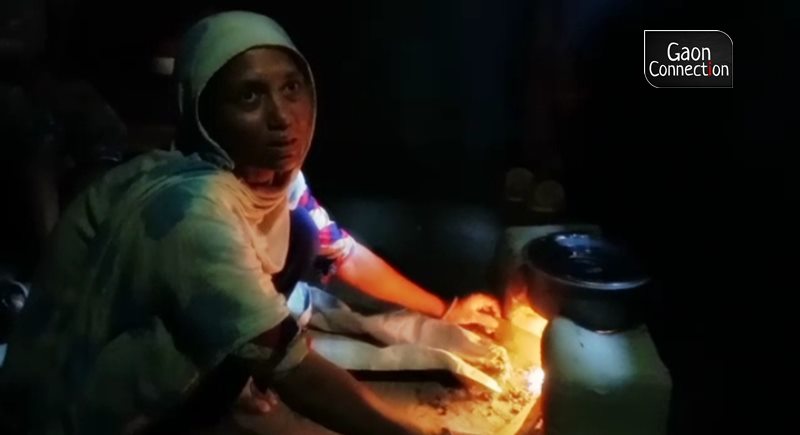
Why do some Indian households still not have LPG?
Of the total surveyed households, 15 per cent households in India did not have an LPG connection. Inability to afford LPG emerged as the most critical barrier as 80 per cent of households without an LPG connection cited the high connection cost or the recurring expense of LPG refills as the reason for not taking an LPG connection.
An LPG user typically needs to pay Rs 3,200 for a new connection, which includes the connection cost of Rs 1,600 and the cost of an LPG stove and safety hose (Rs 1,000), and the LPG refill cost (Rs 600 for a 14-kg cylinder).
Under the aegis of Ujjwala scheme, the government subsidised only the LPG connection cost, and consumers had to pay the remaining amount either through a loan from oil marketing companies (OMCs) or in cash.
The study highlighted that three-fourths of households without LPG connections earn less than Rs 10,000 per month and live in kachha (temporary) or semi kachha homes. Further, a majority of these households rely on labour activities as their primary income source.
Another interesting finding is that around a quarter of non-LPG households reported that they do not like the taste of food cooked on an LPG stove.
Households’ lack of the required documentation or awareness about the enrolment process also emerged as barriers to taking LPG connections. This is even though PMUY aimed to simplify the enrolment process by reducing documentation requirements and introducing a quick application process through outreach camps.

